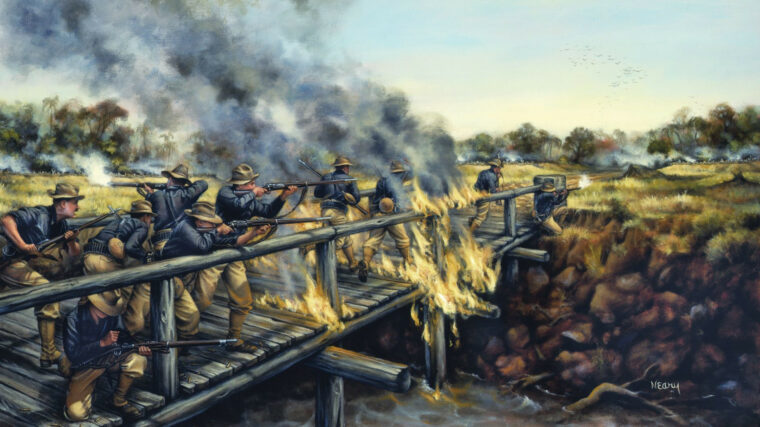
Medal of Honor Recipient: Henry Lawton
By Chuck LyonsOn August 3, 1864, near Atlanta, Georgia, Captain Henry Lawton of Indiana led a group of Union skirmishers in a charge against Confederate rifle pits. Read more

On August 3, 1864, near Atlanta, Georgia, Captain Henry Lawton of Indiana led a group of Union skirmishers in a charge against Confederate rifle pits. Read more
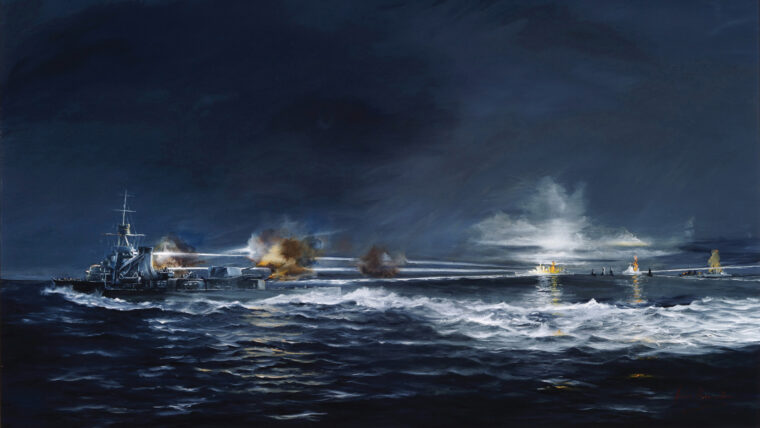
The Battle of Savo Island, August 8-9, 1942, was the first major naval engagement of the Guadalcanal Campaign. Read more
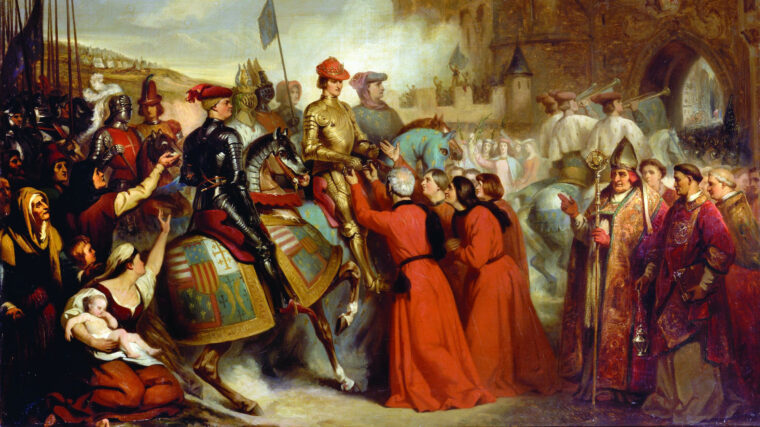
In the fall of 1447, Edmund Beaufort, Duke of Somerset, was not a happy man. He was lieutenant general of France and Guyenne, a kind of viceroy who oversaw English possessions in France, and he was also a powerful and rapacious feudal magnate in his own right. Read more
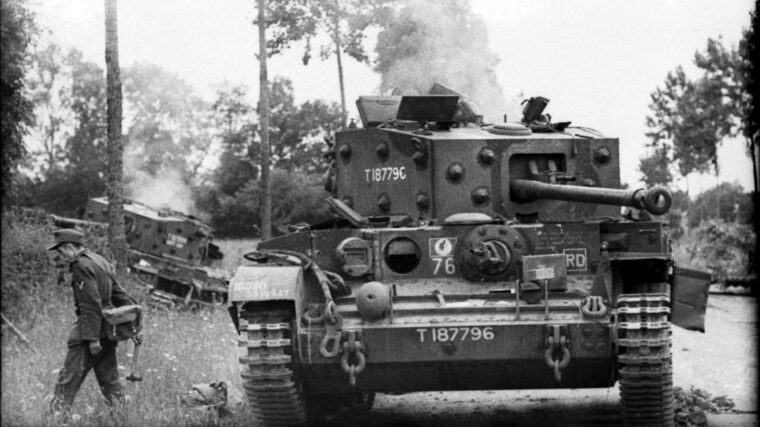
On D-day, June 6, 1944, the British 3rd Infantry Division was the first to land on Sword Beach. Read more
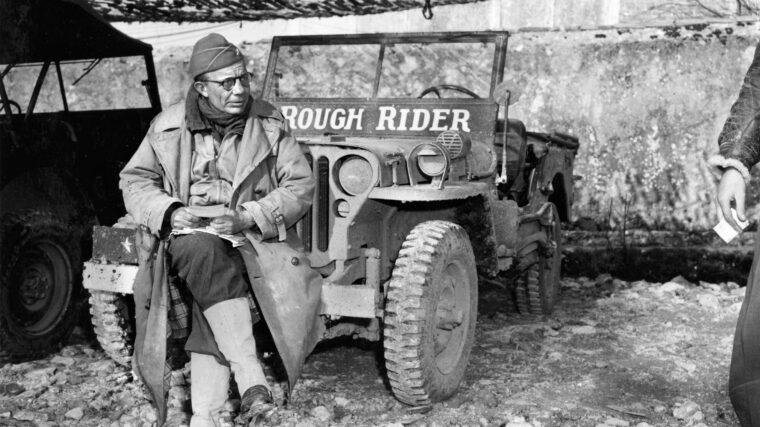
Famed war correspondent Ernie Pyle reported in August 1944, that one of his favorite U.S. Army officers was a regimental colonel who shared Lt. Read more
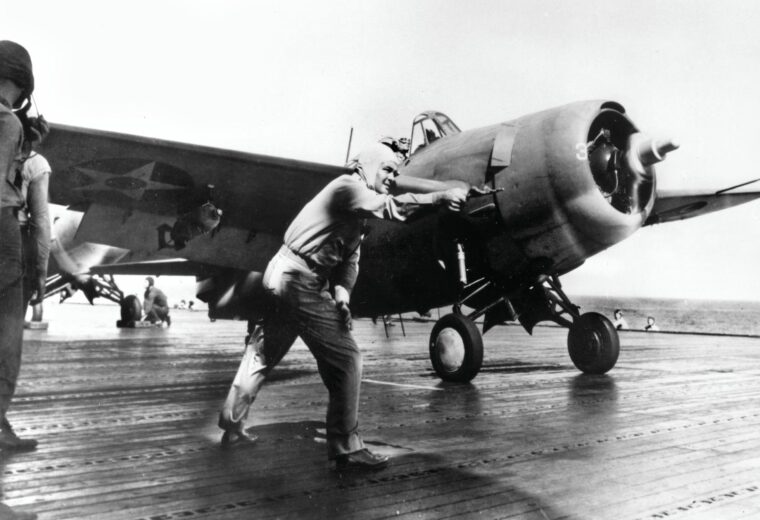
The Cactus Air Force: Air War over Guadalcanal (Eric Hammel and John McKelvey Cleaver, Osprey Books, Oxford UK, 2022, 336 pp., Read more
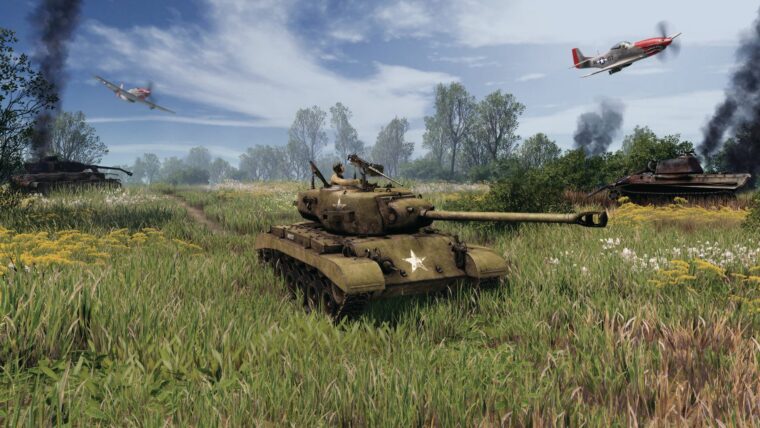
Players interested in the upcoming Men of War II have likely kept their ears close to the ground in the period of time leading up to its eventual 2023 release, and we recently got more information thanks to a new series of developer diaries that shed some light on the progress. Read more
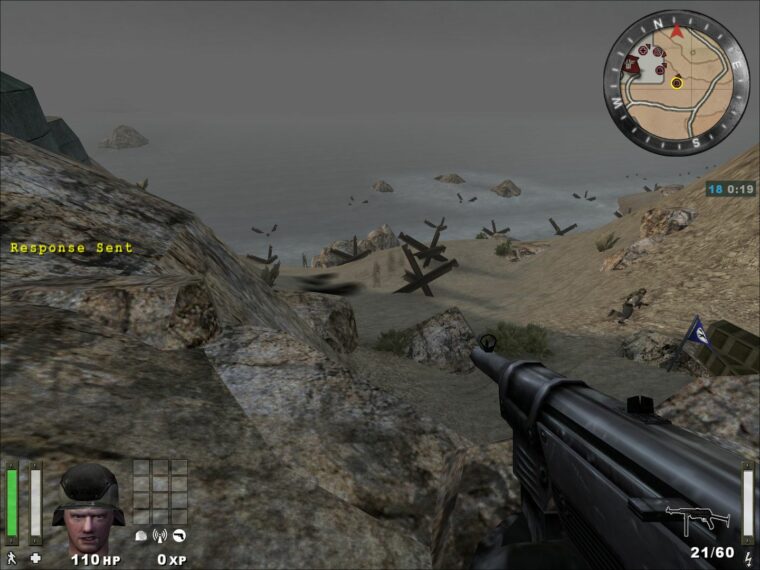
It’s been almost two decades since Wolfenstein: Enemy Territory first brought the free and open-source multiplayer take on the series to our screens as a standalone game, and now it’s been resurrected in all of its visual time capsule glory. Read more
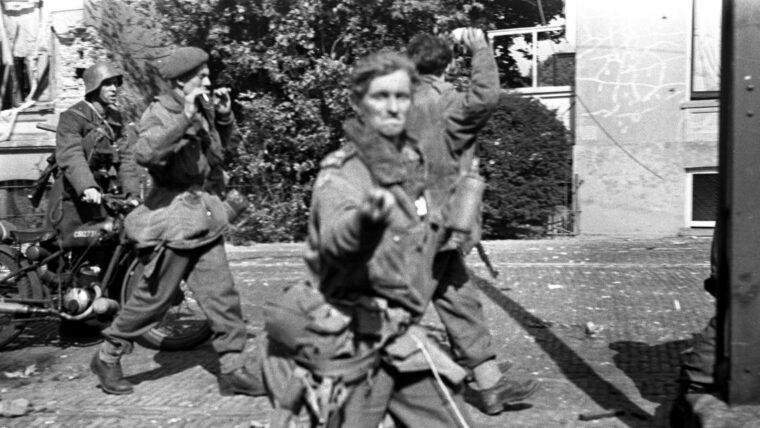
Operation Market-Garden, British Field Marshal Bernard L. Montgomery’s imaginative and daring plan—reluctantly endorsed by his superior, General Dwight D. Read more
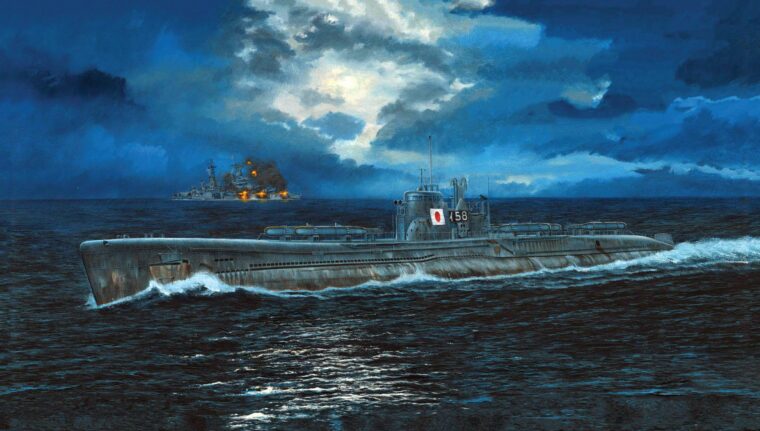
The night of July 29, 1945, was dark and clear over the Philippine Sea. A gibbous moon hung almost directly overhead, just a few days past full, casting its pale gray light over the dark waves. Read more
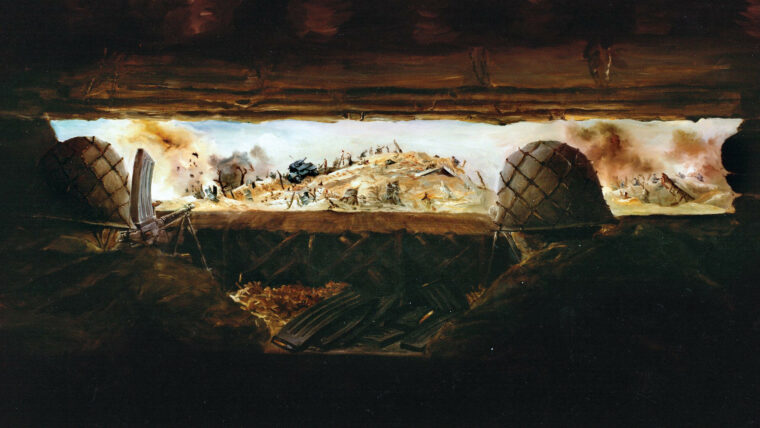
The Battle of Tarawa, a component of Operation Galvanic, was the U.S. Marines’ first bold amphibious assault against a Japanese stronghold in World War II. Read more
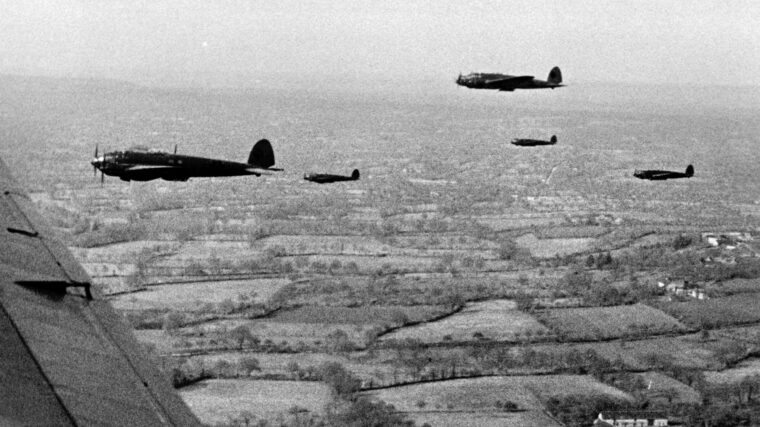
Chain Home, or ‘CH’ was the codename given to the system of early warning radar stations located along the Europe facing coasts of the United Kingdom (UK) before and during World War II to locate and follow aircraft. Read more
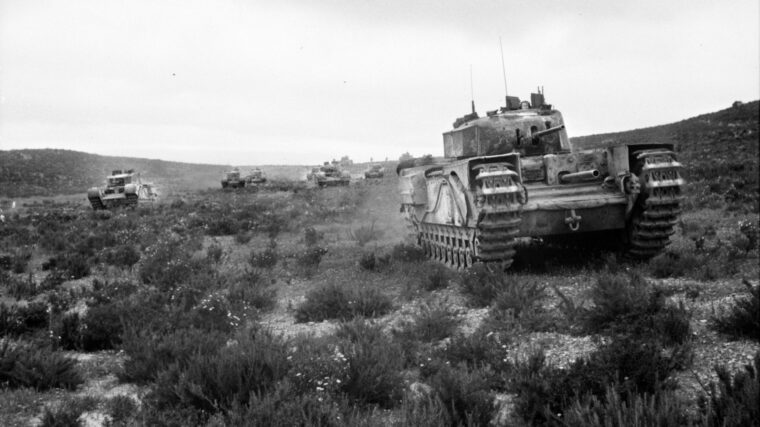
Columns of smoke rose above the skyline around a Tunisian farming complex on February 28, 1943, wafting past the late afternoon sun through atmosphere punctuated by the crack of bullets, booming explosions and the screams of wounded men. Read more
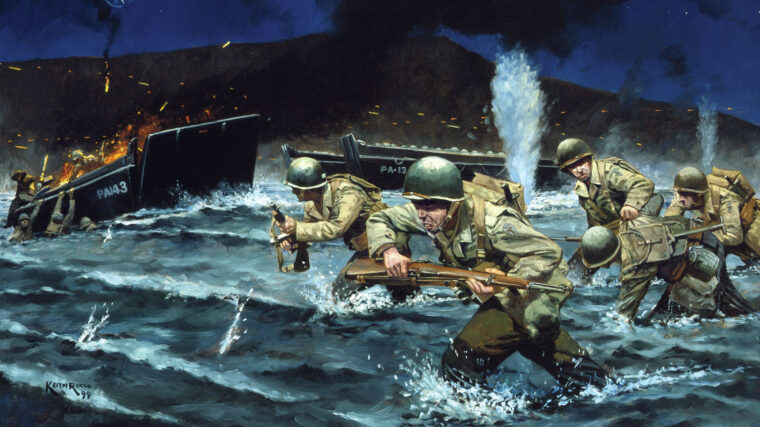
After the collapse of Mussolini’s fascist regime in July 1943, the allies launched a double attack against the western coast of the Italian mainland. Read more
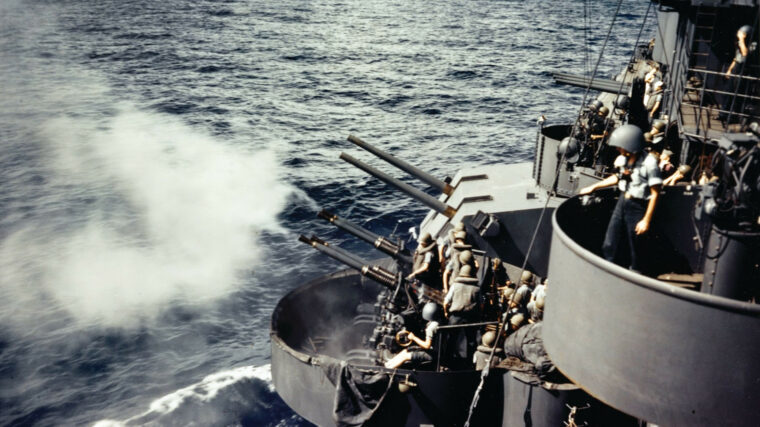
During World War II, the U.s. “Arsenal of Democracy” produced thousands of ships of all shapes and sizes for the war effort. Read more
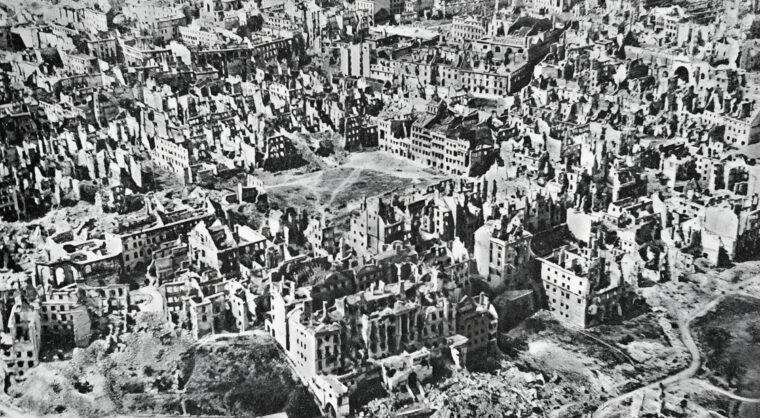
On September 1, 1939, Adolf Hitler set World War II in Europe in motion when the spearheads of the Nazi Wehrmacht rolled across the German frontier into Poland. Read more
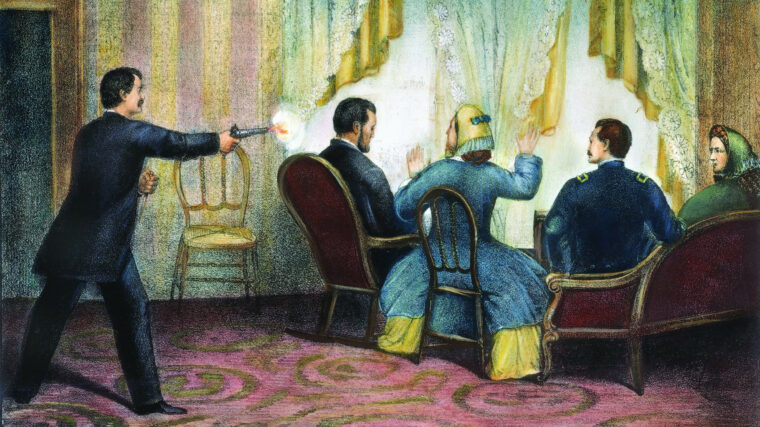
In the late hours of April 14, 1865, Secretary of War Edwin Stanton sat at a small table in the Petersen House across the street from Ford’s Theater in Washington, D.C. Read more
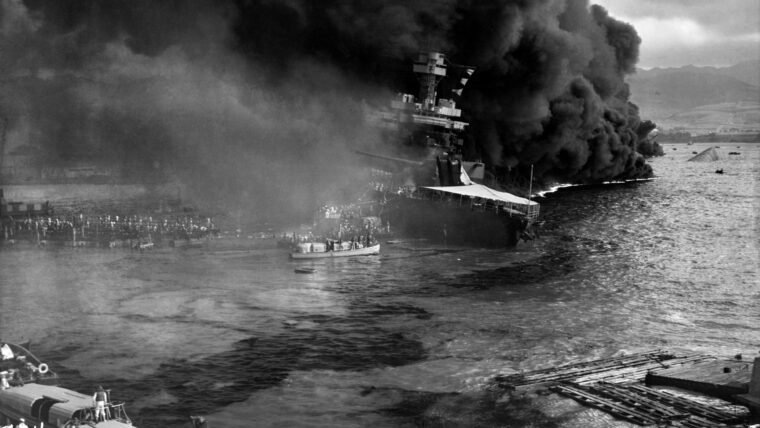
The first rays of sunlight on December 7, 1941, marked a typical Sunday morning for the sailors aboard the battleship USS California at Pearl Harbor. Read more
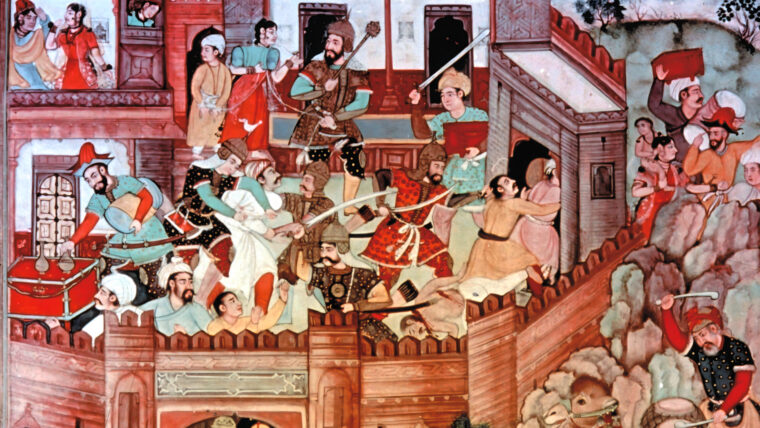
In ad 1205, Mongol ruler Genghis Khan, having completed the unification of his Gobi Desert empire, began looking south toward China for further conquest. Read more
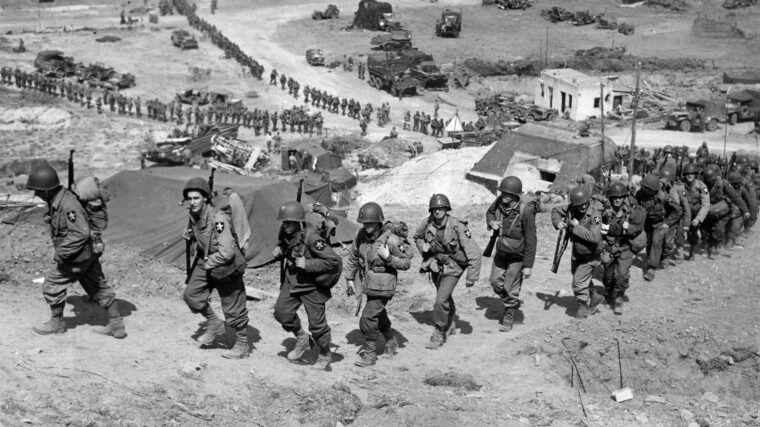
The definitive combat unit of comparable strength among the forces of the world during the 20th century was the division. Read more